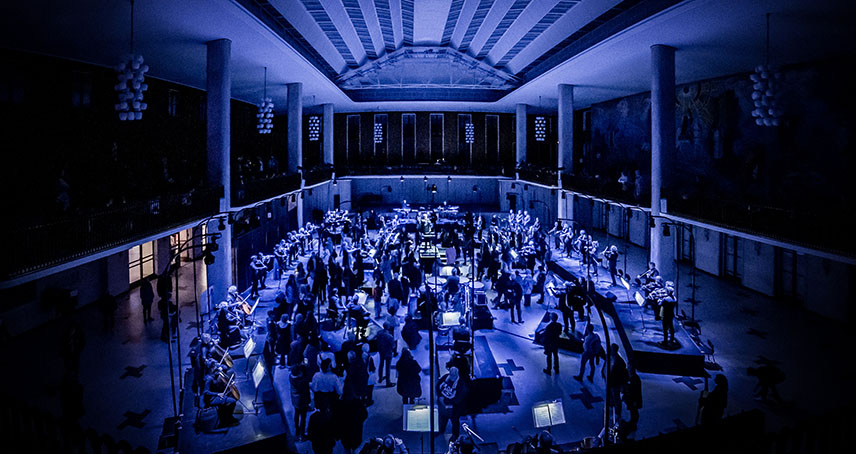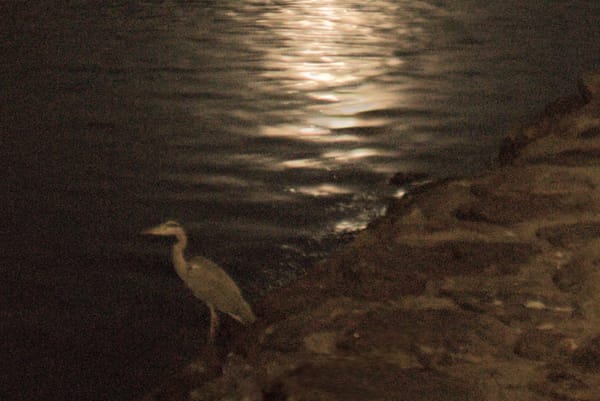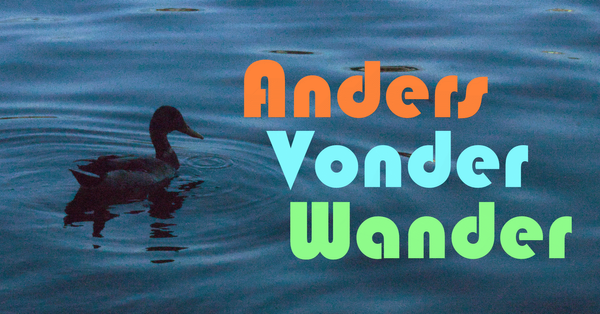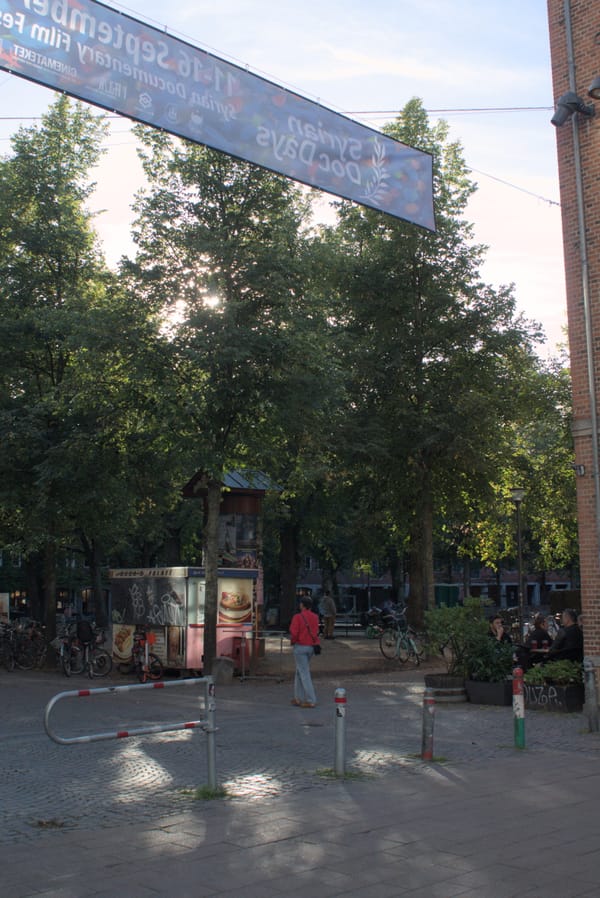Culture Night, 2024
They are visibly moved and often look at their partners with wide-eyed faces. I like to think at these moments that the audience is experiencing exactly what we experienced the first time inside the orchestra...
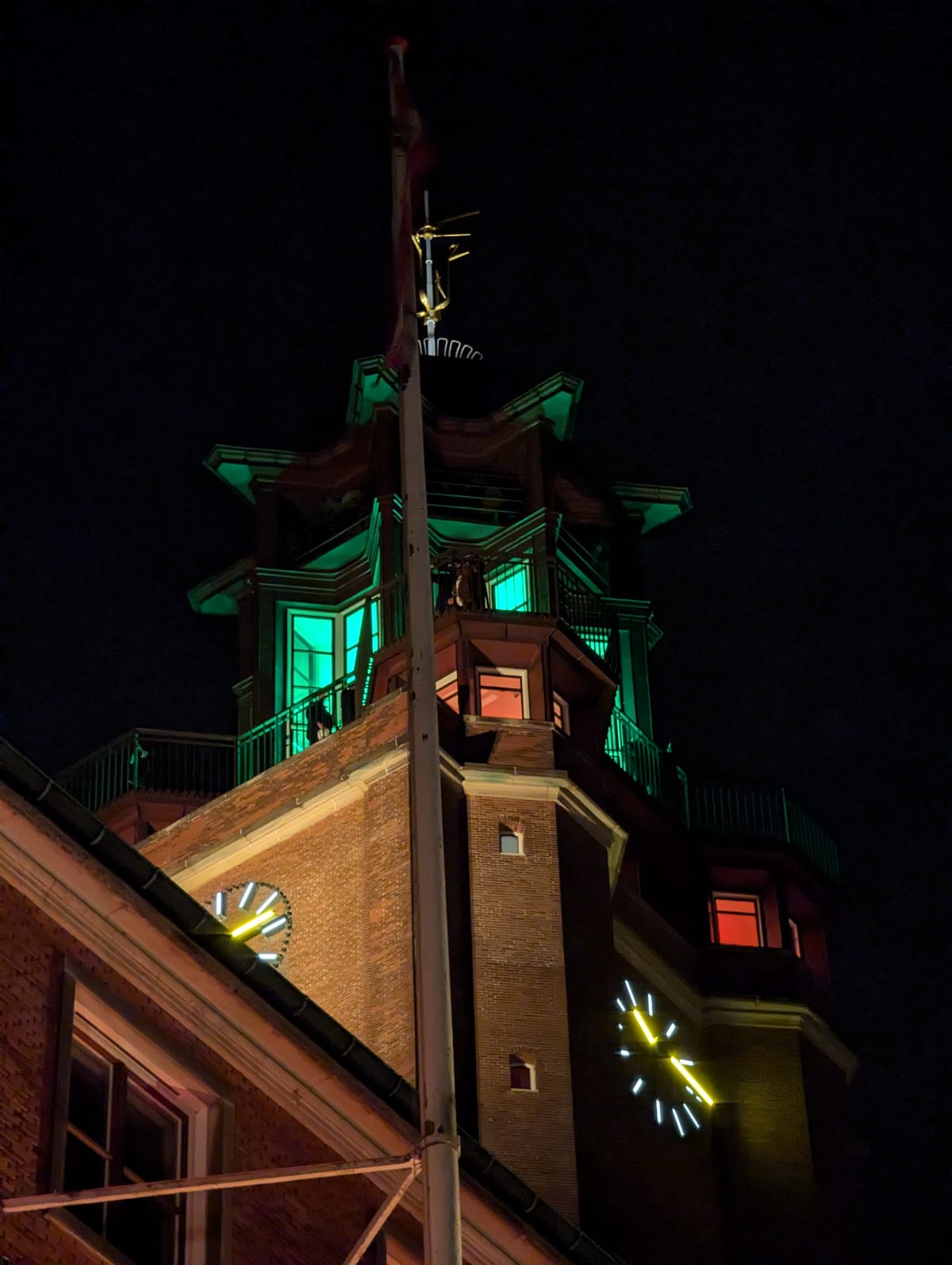
I've been contemplating how best to continue the blog, and I believe the Create-of Day is a good thing to keep. Doing it every day was very difficult as finding an idea or subject, capturing it, editing it, and posting about it all in a day can be a lot to manage. Perhaps I will have a capture day and then an edit/post day. Two for one?


Therefore, I want to start giving my experience and (sometimes limited) coverage of recent events such as our performances of Ouverture at the Frederiksberg city hall, seen below (the magnificent clock tower is shown in the head image).


Ouverture 2024
Create-Of Day 11


Ouverture is a program that succeeds the Open Orchestra format that Copenhagen Phil pioneered before the pandemic began. Copenhagen Phil's Ouverture incorporates several segments by composer Rasmus Zwicki. Known for his film scoring and operatic material, he is emerging as a wonderfully tonal, melodic, yet textual composer with hummable themes and recognizably high craftsmanship.
For Ouverture 2024, Rasmus has written three beautiful segments:
- An introduction to the musicians and how soloists' music combines with each other's to create a group and then how multiple groups create an full ensemble. "Musikerne"



- A musical abstraction of how orchestras can emulate the feeling and sounds of certain weather types i.e. Rain, Wind storms, Thunder, and my particular favorites of Snow and Sunshine. "Vejret"

- A narrated musical synopsis of Shakespeare's legendary Romeo and Juliet.
Between Musikerne and Vejret, we play a light-hearted and condensed alternative to Britten's Young Person's Guide to the Orchestra. We play a tune tutti altogether, then the narrator explains that the orchestra is made up of four different families, and each family plays its part of the tune subsequently.
Strings
Woodwinds
Brass
Percussion + Harp
This piece: Welcome to the Orchestra by Peter Due is charming, informative, and could have better trombone parts, but I digress.




The weather portions are fun, as you can watch the audience experiencing, in surround sound, an acoustic version of rain, thunder, or a combination of these and others. It's only about 8 bars and 30 seconds, and I like how Rasmus has each of the weather systems self-contained, yet fit harmonically in any possible combination. Then again, I don't think we ever tried Sunshine and storm together. Now I'm curious.
This leads us well into the 4th movement of Beethoven's Pastoral symphony, the Storm movement. If the premiere concert order is to be believed, this technically would be the first appearance of trombones and piccolo in the symphony orchestra (since the 5th symphony was premiered later in the 4-hour benefit concert on Dec 22, 1808). We play this movement to demonstrate how composers have been writing programmatic music for centuries. It's quite effective, and I absolutely love this moment when the piccolo becomes obvious in the texture and initiates the beginning of the movement's climax.


soloists from the orchestra
Romeo og Julie
Now, it's lovely to show off the orchestra's own musician. I'm a big fan of using the innate talent that is just sitting in the modern symphony orchestra, because we (for the most part) have won our positions in direct competitions. While yes, concert soloists are incredible musicians, orchestral musicians these days are generally just as studied and extremely creative people in my experience. Hence, the musical distillation of Romeo and Juliet is an excellent way to show off one of our own violinists, Andrea, and one of our own violists, Jákup.


They are called to play several solos throughout the miniature tone-poem, all from memory even! And one of the loveliest moments is when they meet masked at the Capulets' party.

While the ribbon divides the orchestra into Montagues and Capulets, (trombones featured as beautiful E major and D-sus chord foundations for the regal and elegant Capulets), fortunately there are production members of the orchestra that help to clear a path through the wandering audience so that the star-crossed bowers can meet up and cross strings together.
Not to give the story away, but Andrea and Jákup act out some more fights and then the famous tomb scene.



Though never was a story of more woe
Than this of Juliet and her Romeo,
Prokofiev hath also an epic wrote
of Capulets and Montagues both.
Prokofiev
While the opening movement of Prokofiev's 2nd Suite of Romeo and Juliet is about as dynamic as an orchestra can be, it's the infamous swagger of the bass trombone and tuba that truly set the stage's tone between the rivaling households.




But it's not a trombone soli without all four of us, naturally.

Perhaps in the future, it would be fun to play the Romeo at Juliet's Tomb scene. Absolutely incredible and gut-wrenching music.
Variations
To end the concert, we switch gears we touch on an audience favorite, the Nimrod variation from Elgar's Enigma Variations. While it's hard to draw a line between the previous pieces and Nimrod, but it works very nicely as a thoughtful and contemplative ending to the concert.
The audience is asked to enjoy a seat, wherever they can find it, and often it's at the edge of our platforms. Fortunately, the trombones don't play for the majority of the movement, so we're not blowing the audience out of the water. When we do finally enter the ensemble, it's fun to watch the people in front being washed over with warm Bb/Eb/Ab tonalities (particularly good harmonies on trombone, I should add).
They are visibly moved and often look at their partners with wide-eyed faces. I like to think at these moments that the audience is experiencing exactly what we experienced the first time inside the orchestra. Awe, warmth, a sense of belonging and community, extremely powerful and enriching feelings. It's especially enriching to us to feel that we can help give the same experiences and belonging.


While, at times it can feel as if we're giant fish in fishbowls, being gawked at, I have to remind myself it's about the sound and experience of the audience.
I believe it's of the utmost importance that Ouverture happens in large enough spaces with good acoustics that the audience (and most typically this is students, mind you) can actually experience the big sound of an orchestra. We've played in some venues just barely big enough for the platforms, and it was not the same sense of awe and inspiration; it was oppressing and dead. Let's give them the great experience instead!
Thank you to our conductor Natanaël Iselin, our narrator Nila Parly, and of course Rasmus Zwicki.



We couldn't do it without our production team Katrine and Jesper, and of course without our producer Karl. Bravo to them.

Hope to see you at next year's Kulturnatten, where you'll get to experience a whole new program!
For more information, here was the page for this year's Kulturnatten.
